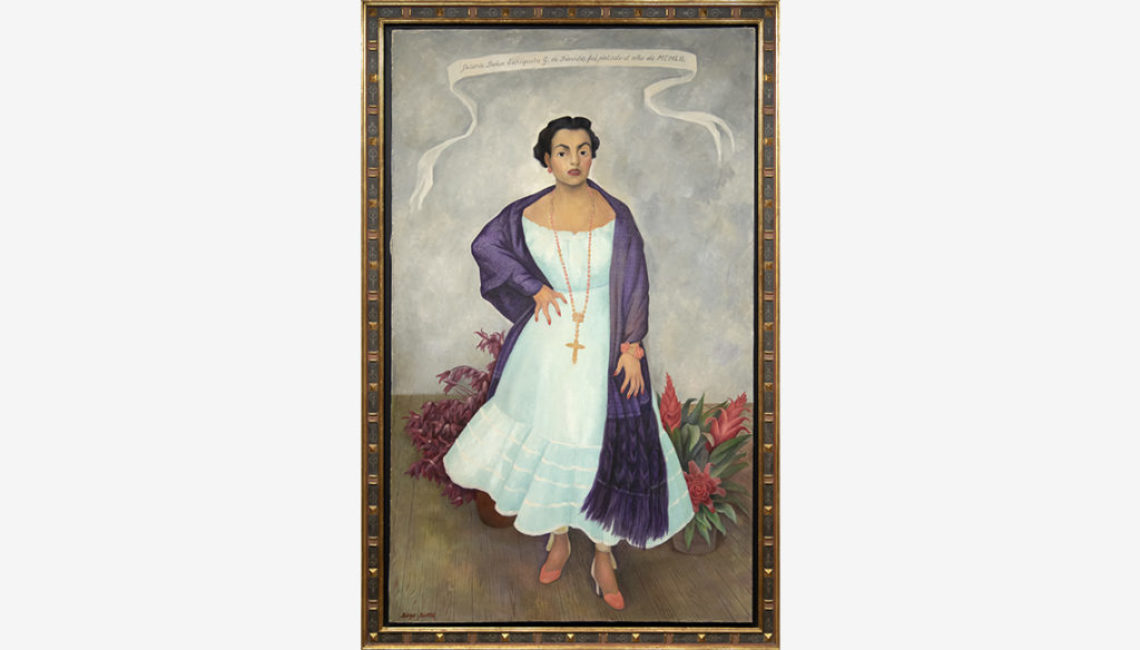DIEGO RIVERA (1886-1957)
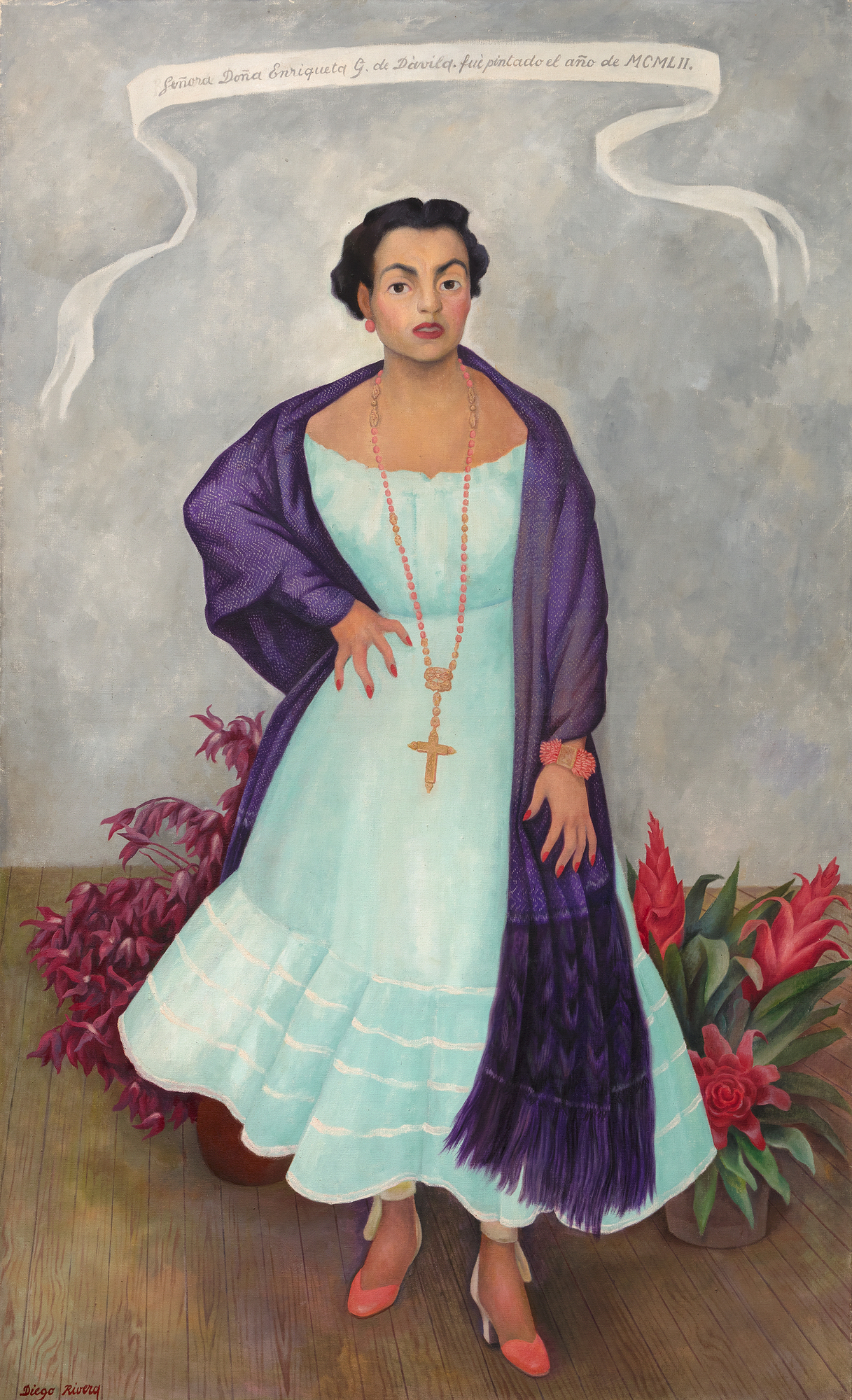
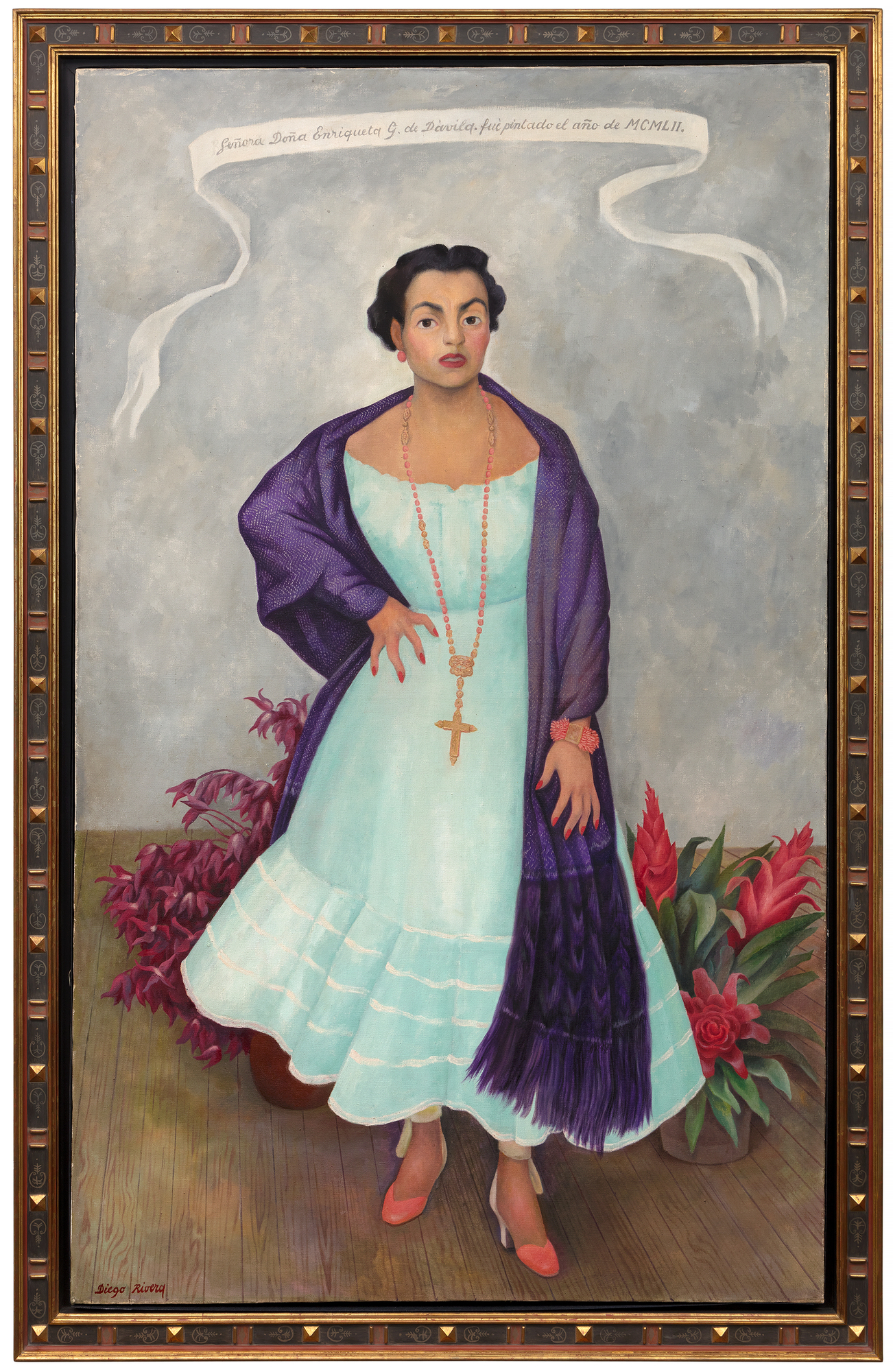
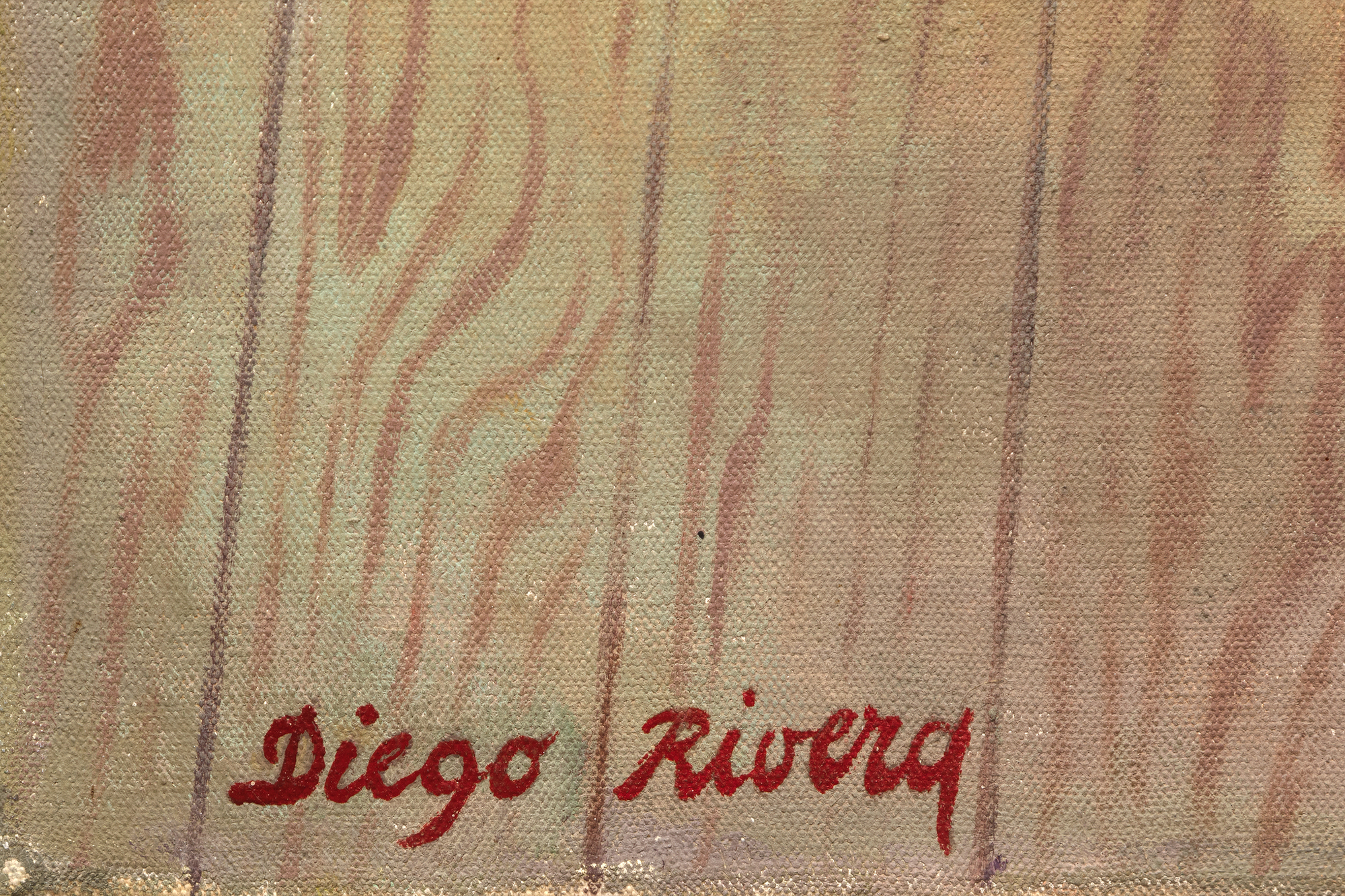
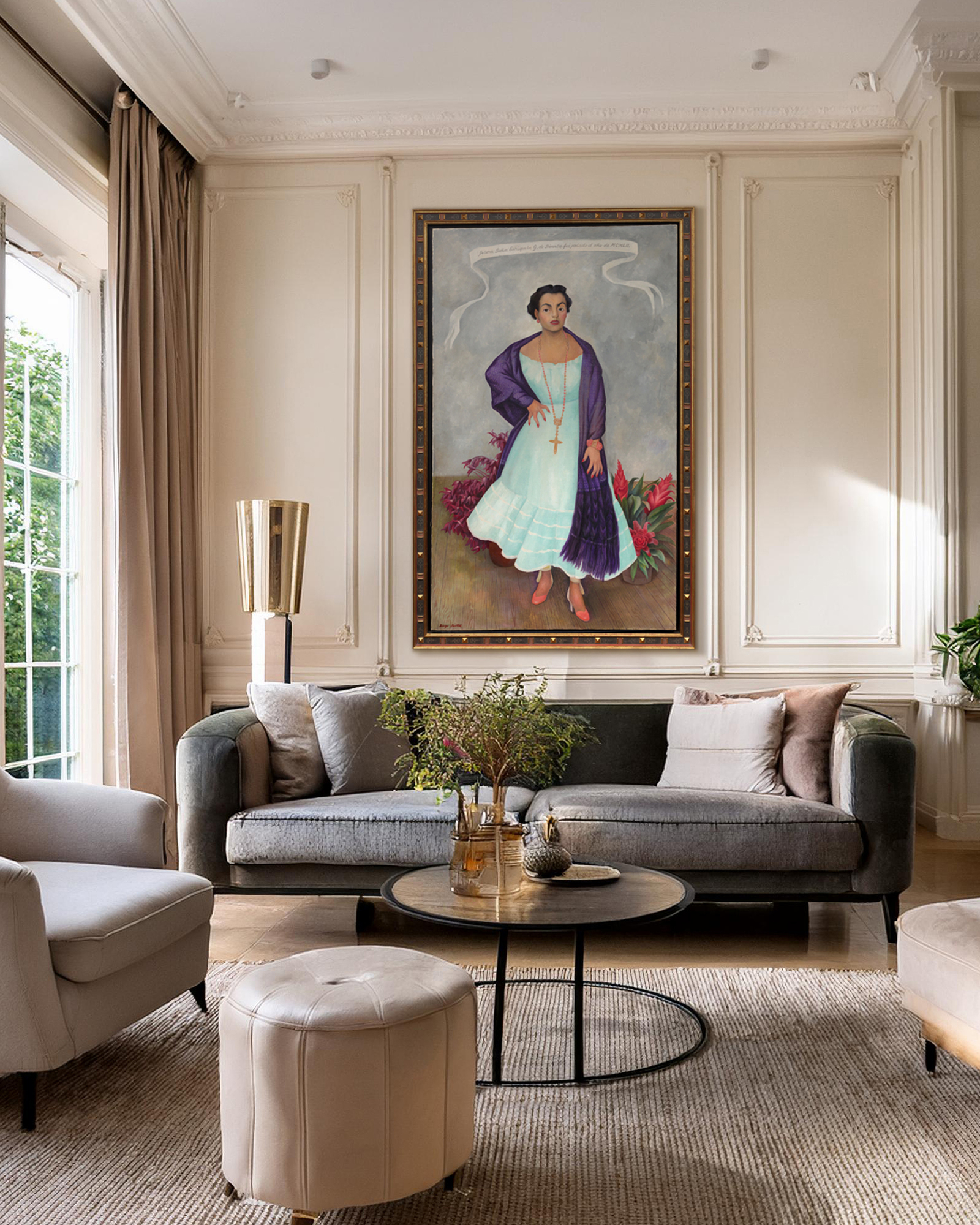
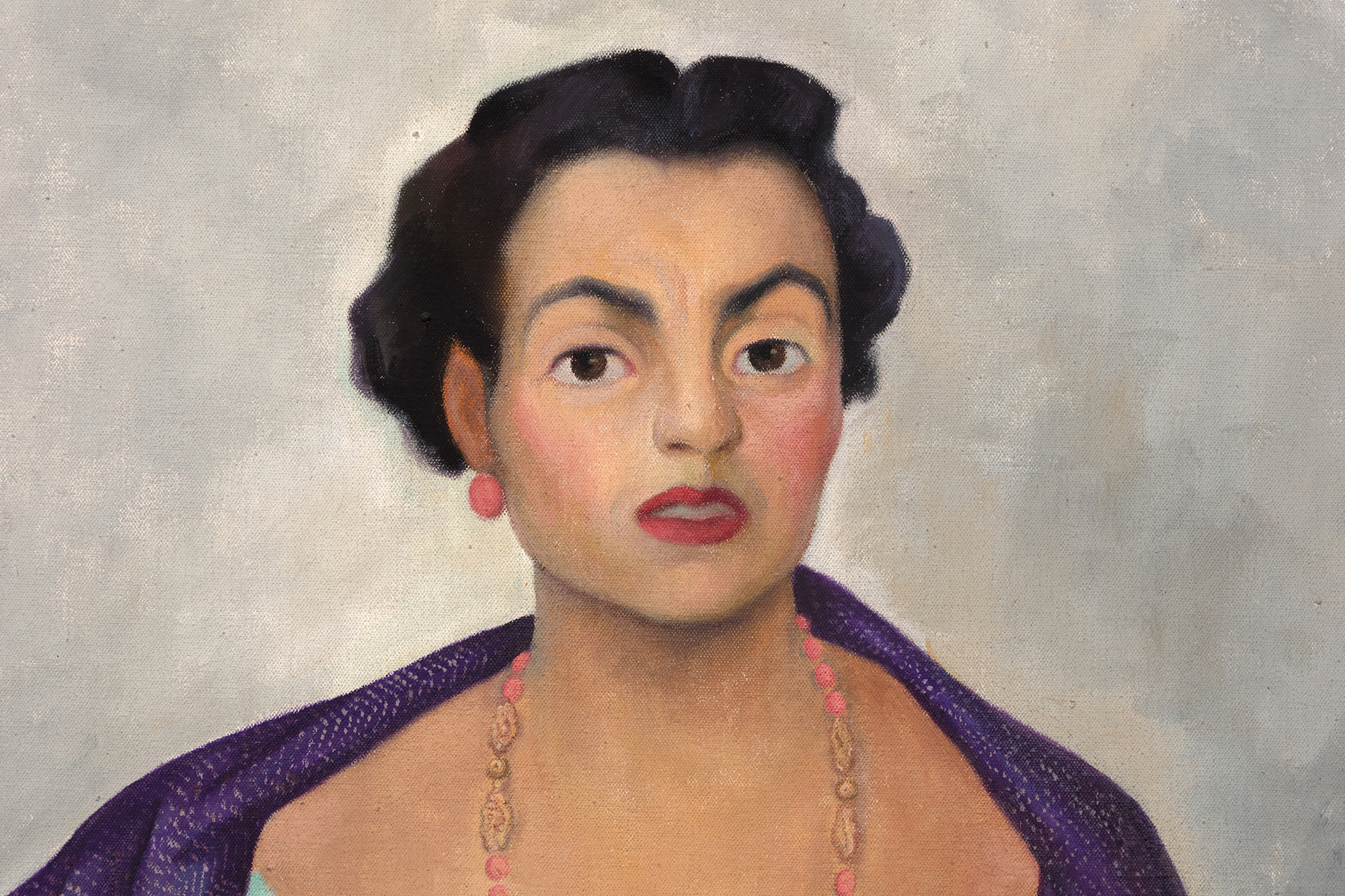
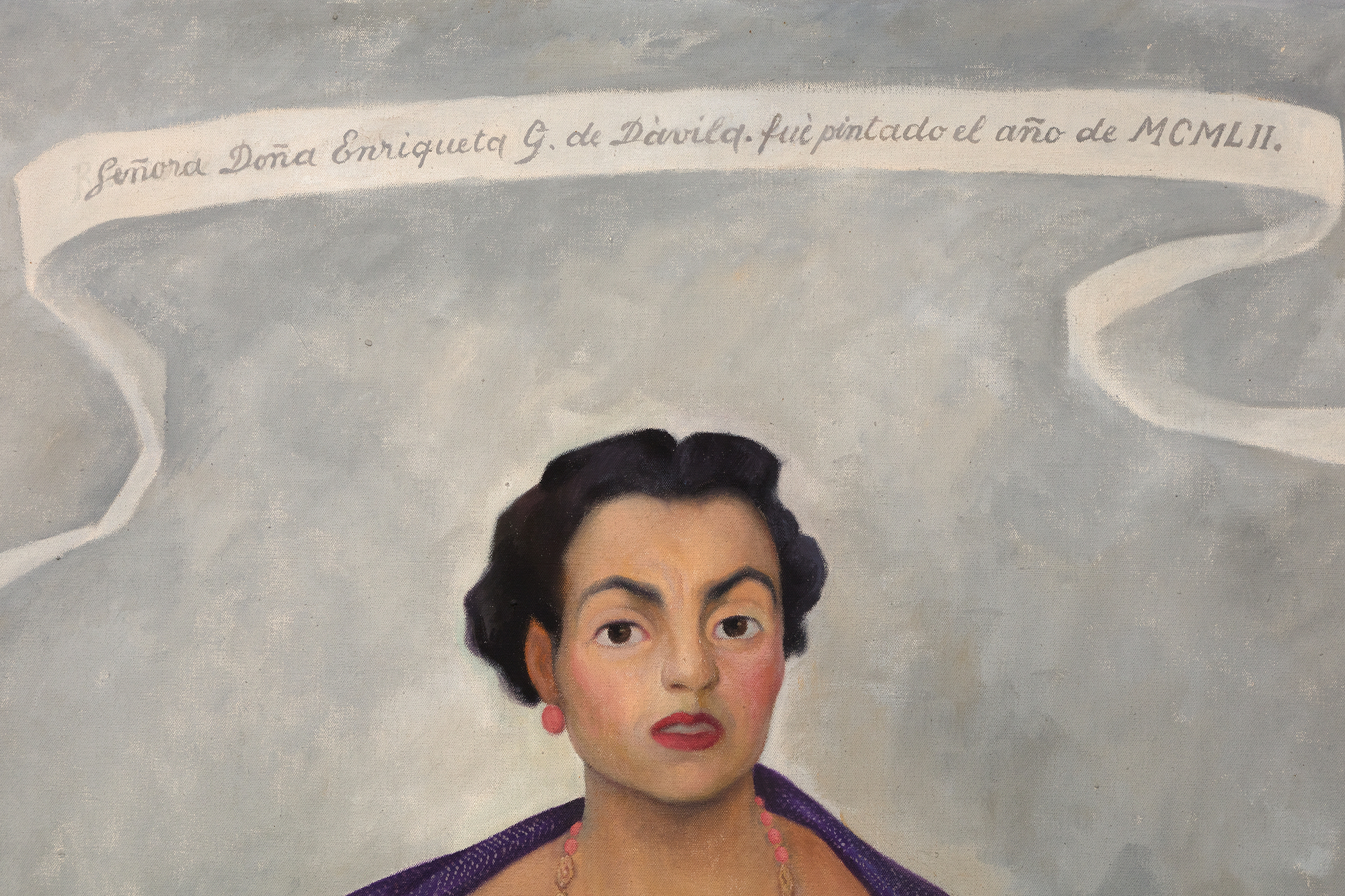
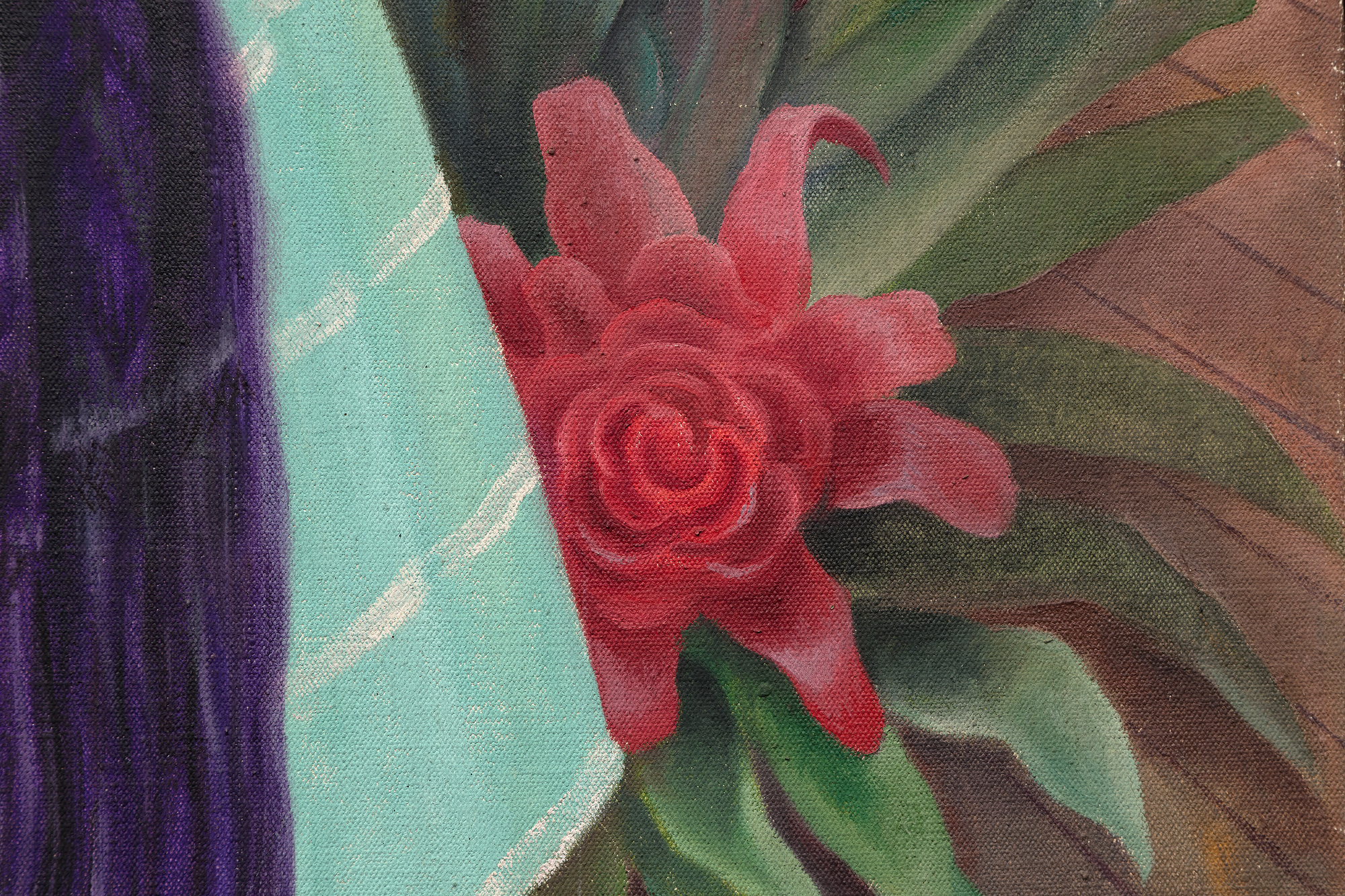
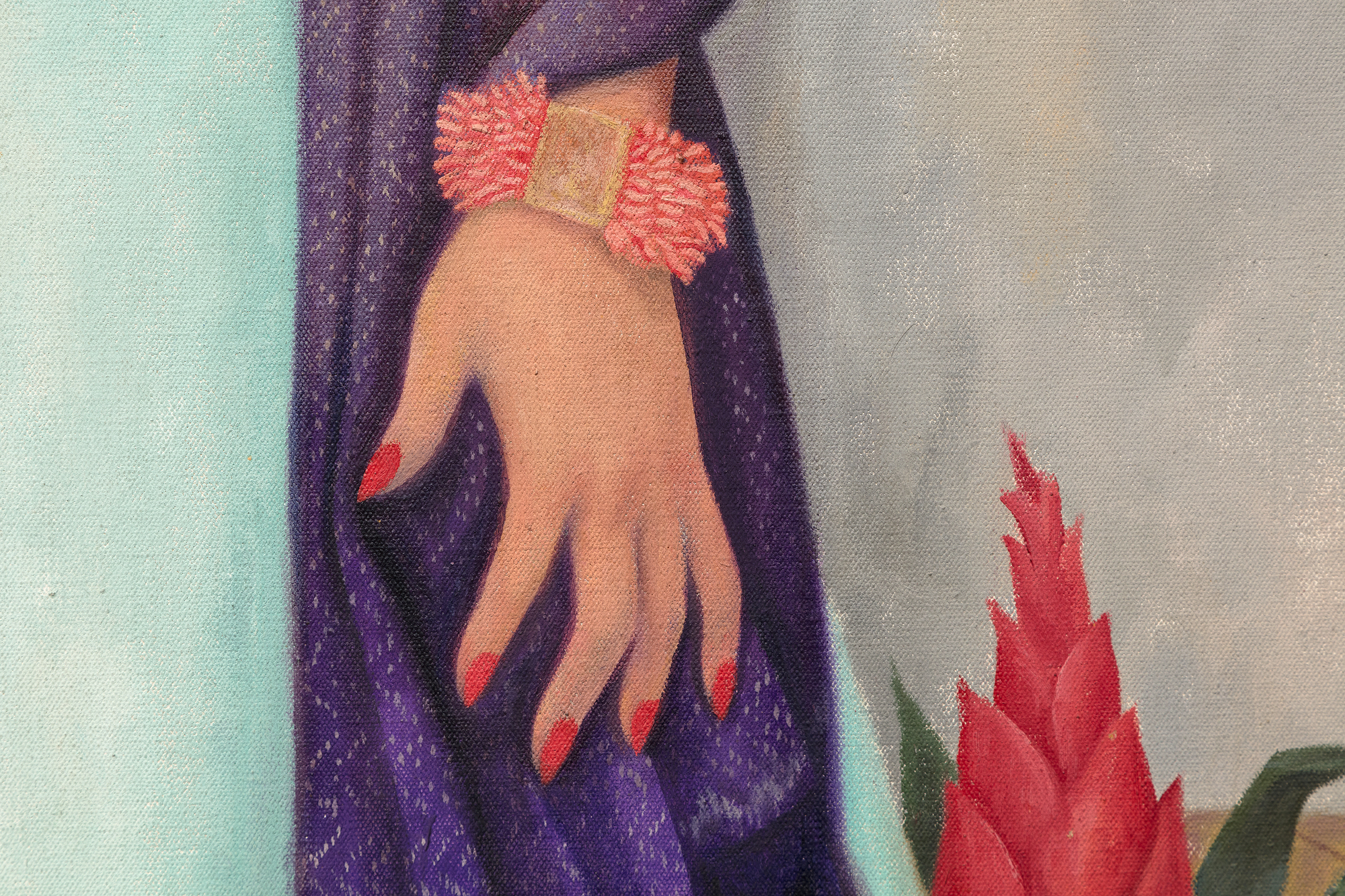
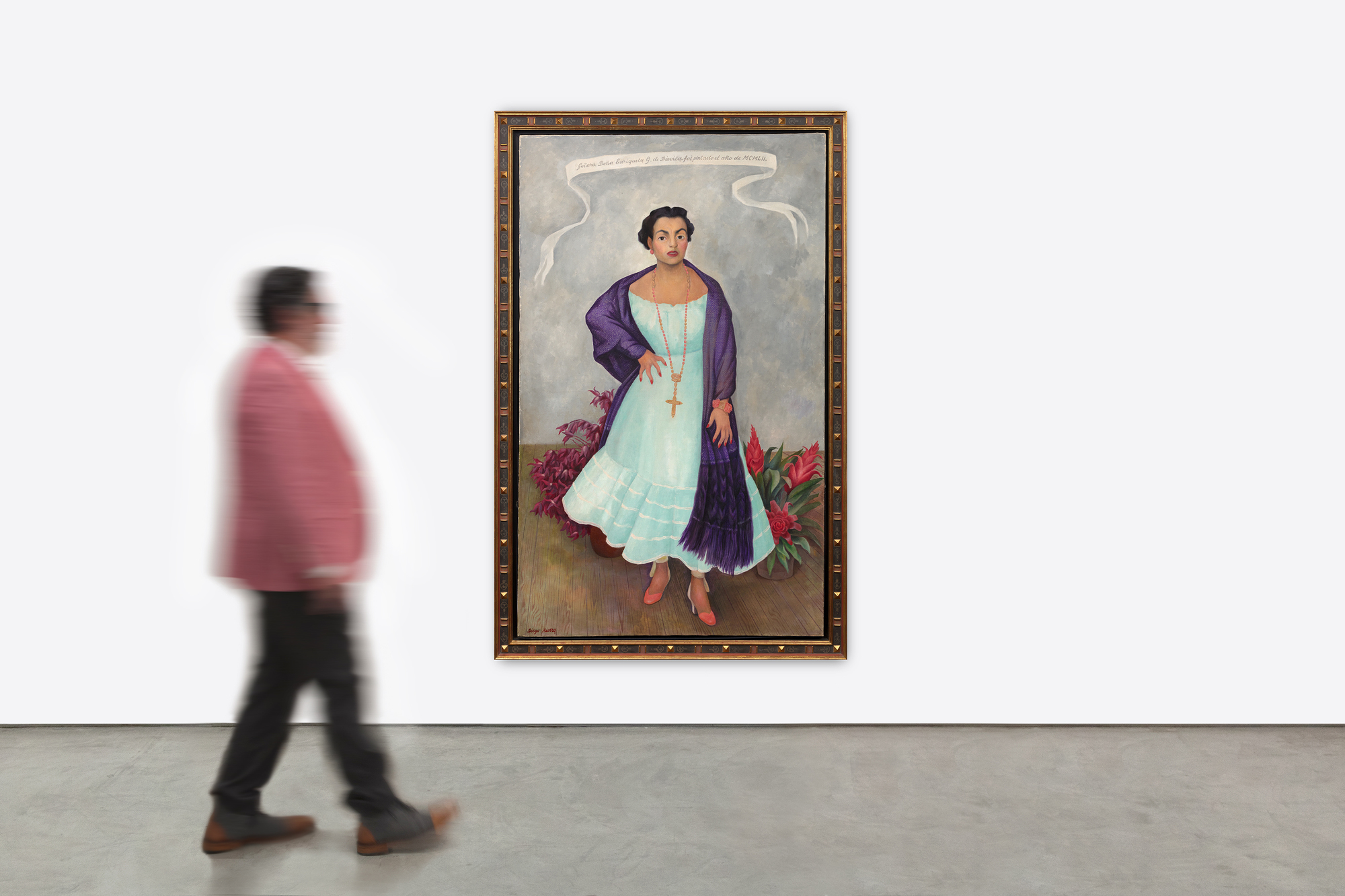
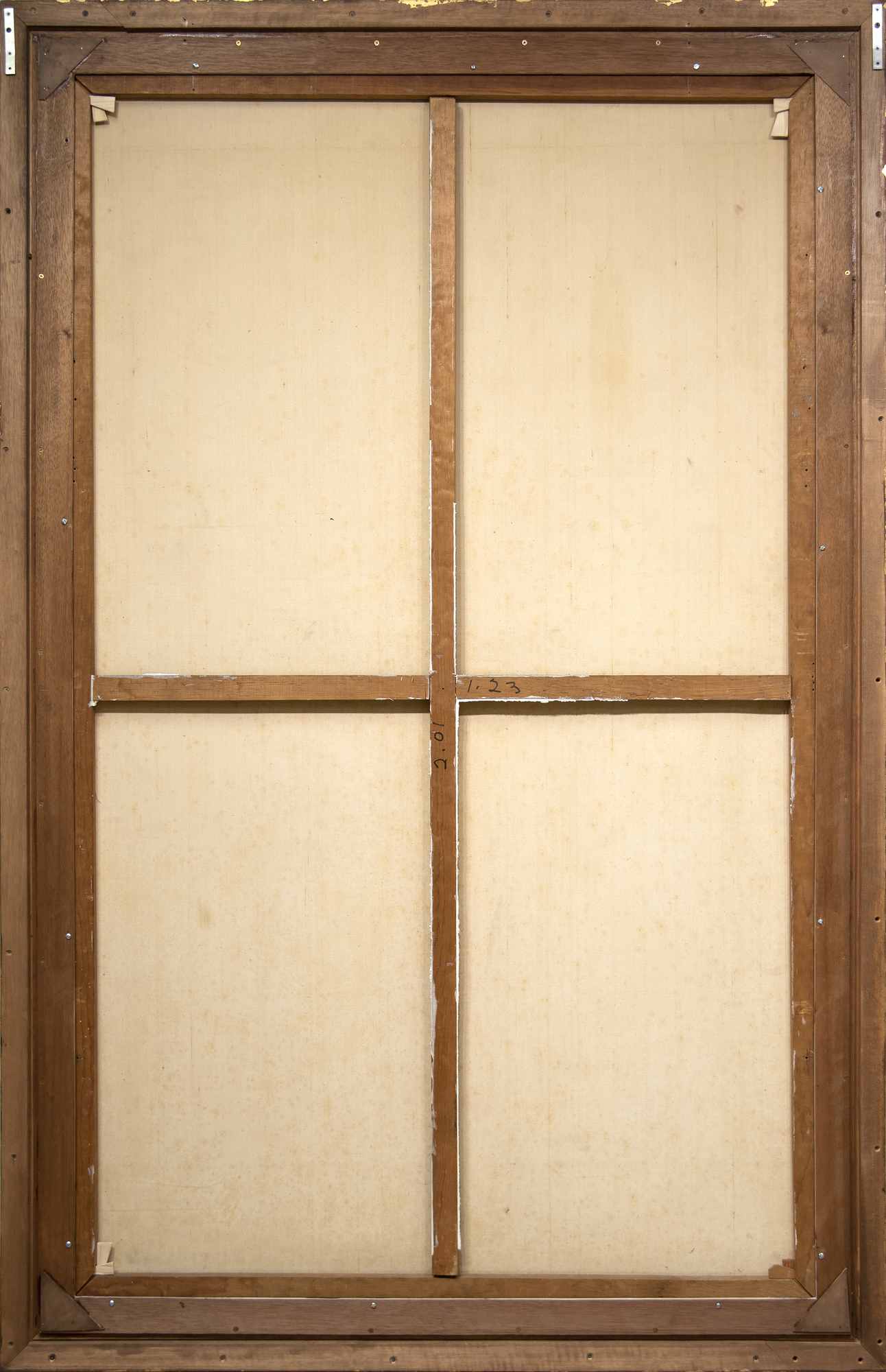
Provenance
Enriqueta Goldbaum de DávilaEnriqueta Dávila Goldbaum, by descent from above
Private Collection, Houston
Private Collection, acquired from the above
Exhibition
Genoa, Italy, Palazzo Ducale, Frida Kahlo e Diego Rivera September 20, 2014 - February 8, 2015Mexico City, Mexico, Museo Dolores Olmedo, Homenaje a Diego Rivera. Retratos, October 20, 2007 – January 2, 2008
Houston, United States, Museum of Fine Arts Houston, on short-term loan during 2007 Orizaba, Mexico, Museo de Arte del Estado de Veracruz., La brillantez previa...More... al pincel,
May 11 – August 21, 2006
Xalapa, Mexico, Pinacoteca Diego Rivera, Los Cuatro Grandes, March - June, 2006 Mexico City, Mexico, Museo del Palacio de Bellas Artes, Diego Rivera: Una Retrospectiva, September 1986 - January 1987
Literature
García, Josefina. Homenaje a Diego Rivera: Retratos. Mexico City: Museo Dolores Olmedo, Patiño, 2007. p. 129. PrintGutiérrez L. Cortés. Diego Rivera: Catálogo General de Obra de Caballete. Mexico City: Consejo Nacional para la Cultura y las Artes, Dirección General de Publicaciones, 1989, p. 265. Print
Diego Rivera: Una Retrospectva. Ciudad de México: Museo del Palacio de Bellas Artes, INBA, Secretaría de Educación Pública, 1986. Print
Los Cuatro Grandes. Xalapa. Veracruz: Pinacoteca Diego Rivera, 2006. Print. Prignitz-Poda, Helga. Frida Kahlo e Diego Riera. Milano: Skira, 2014, cat. 252, pp. 146, 265
...LESS...
History
In Diego Rivera’s portrait of Enriqueta Dávila, the artist asserts a Mexicanidad, a quality of Mexican-ness, in the work along with his strong feelings towards the sitter. Moreover, this painting is unique amongst his portraiture in its use of symbolism, giving us a strong, if opaque, picture of the relationship between artist and sitter.
Enriqueta, a descendent of the prominent Goldbaum family, was married to the theater entrepreneur José María Dávila. The two were close friends with Rivera, and the artist initially requested to paint Enriqueta’s portrait. Enriqueta found the request unconventional and relented on the condition that Rivera paints her daughter, Enriqueta “Quetita”. Rivera captures the spirit of the mother through the use of duality in different sections of the painting, from the floorboards to her hands, and even the flowers. Why the split in the horizon of the floorboard? Why the prominent cross while Enriqueta’s family is Jewish? Even her pose is interesting, showcasing a woman in control of her own power, highlighted by her hand on her hip which Rivera referred to as a claw, further complicating our understanding of her stature.
This use of flowers, along with her “rebozo” or shawl, asserts a Mexican identity. Rivera was adept at including and centering flowers in his works which became a kind of signature device. The flowers show bromeliads and roselles; the former is epiphytic and the latter known as flor de jamaica and often used in hibiscus tea and aguas frescas. There is a tension then between these two flowers, emphasizing the complicated relationship between Enriqueta and Rivera. On the one hand, Rivera demonstrates both his and the sitter’s Mexican identity despite the foreign root of Enriqueta’s family but there may be more pointed meaning revealing Rivera’s feelings to the subject. The flowers, as they often do in still life paintings, may also refer to the fleeting nature of life and beauty. The portrait for her daughter shares some similarities from the use of shawl and flowers, but through simple changes in gestures and type and placement of flowers, Rivera illuminates a stronger personality in Enriqueta and a more dynamic relationship as filtered through his lens.
MoreMARKET INSIGHTS
- The record for Rivera was set in November 2022 for over $14 million USD. The painting was in the Paul G. Allen Collection.
- Similar portrait paintings have sold at auction for over $7.4 million USD.
- According to Art Market Research, the compound annual growth rate for Rivera’s market has been 10.9% since 1976 and 12.9% in the last five years.
Top Results at Auction

“The Rivals” (1931) sold for $14,130,000.

“Retrato de Columba Domínguez de Fernández” (1950) sold for $7,445,250.

“La bordadora” (1928) sold for $4,140,000.
















